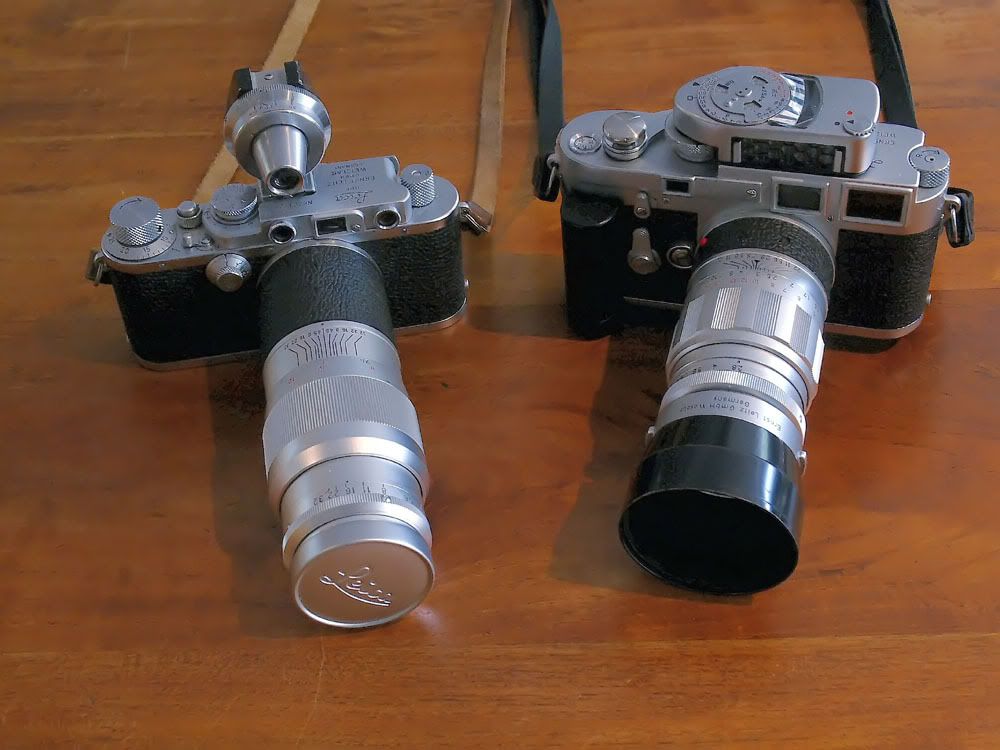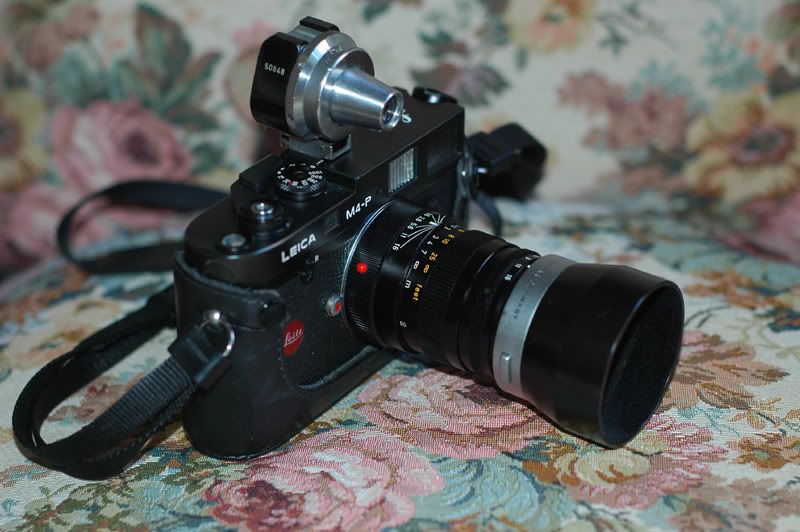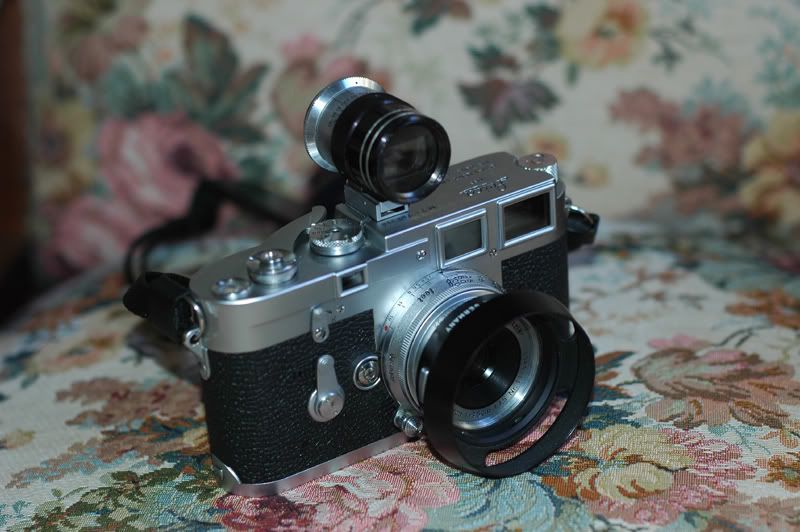I prefer single focal length finders where possible, but it can be difficult and expensive to find good quality single focal length finders for Leica especially if you need several of them to match with different lenses. Few of them have parallax adjustment incidentally. But the VIOOH does and it has other advantages too. It is also relatively cheap to purchase. Accessory finders represent a whole area of collecting for some people so more rare finders can be surprisingly expensive.
I have two VIOOH actually (and numerous 3rd party ones). An early VIOOH designed for the normal range of earlier lenses including 73mm as the short tele length and the other designed for 85/90mm instead. Both include 50mm of course and both are well made.
The VIOOH incidentally is extraordinarily simple to clean if you happen to get one that needs it. The process is very simple and intuitive and does not need explanation - although you will find some posts on how to disassemble clean and reassemble them. This is worth remembering as you can pick up a cheaper one in need of a CLA and do it yourself. Be aware however that it uses a semi silvered prism and you need to make sure the silvering is intact and in good usable condition as this would be a major problem to fix or replace.
The big disadvantage of the VIOOH I find is perhaps not so much with 50mm lenses but with longer ones. Unlike most turret finders for example, (another kind of variable focal length finder which have lenses that bring you closer when using longer lenses) the VIOOH just has rectangular metal "curtains" which mask off a portion of the image so the image that you see represents the smaller field of view of a long lens. Thus when adjusted to use with a long lens what you see can be very small and difficult to frame around the edges as there is no magnification. For example with 135mm lenses the image viewed through the finder is tiny - just usable, but tiny. It is, however, sharp.
You might find that its preferable to use a different variable finder design if you want to go variable.....some are relatively cheap but well made. There is one by the German company Braun, used with a tiny rangefinder they used to make in the 1950s. Its a small turret finder with 3 focal lengths for 35/50/90 (I think). Its extremely well made and I like the fact that for a turret finder (which incidentally have several objective lenses which rotate into position as needed) it's small. The other one that comes to mind if you can get one is a Voigtlander "Turnit" finder. This finder is of unique design. It is rectangular in shape and the entire finder rotates on its base to give three different fields of view - 35/50/100 to match lenses for the old Voigtlander Prominent camera. One model is strongly built and all metal. Another is more cheaply made. Both however are fabulous in terms of their optics - especially for 50mm which gives a huge and very clear image.
In fact there was a whole industry back in the 1950s making and selling accessory finders and thus many different types and designs. Many are still usable and indeed more than likely would have been used with Leica cameras back in the day. You may wish to explore some of those options. Note however that some variable finder designs are unlike the VIOOH not too sharp at all focal lengths.
A final point. I am not sure what camera you use. I used my VIOOH on an M3 mainly. Both had a tendency to slip out of the accessory shoe. I fixed this by placing a thin strip of clear tape on the bottom of the finder mounting plate - simply to make it fit tighter. I mention it as I once lost the damn thing and had to back track for 2 hours to find it - which I eventually did, laying in the grass.
A few pics of the VIOOH and other finders for the hell of it


 A different style of (3rd party) variable finder
A different style of (3rd party) variable finder
 A Braun turret finder on my old Canon IVSB camera.
A Braun turret finder on my old Canon IVSB camera.










